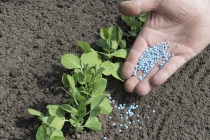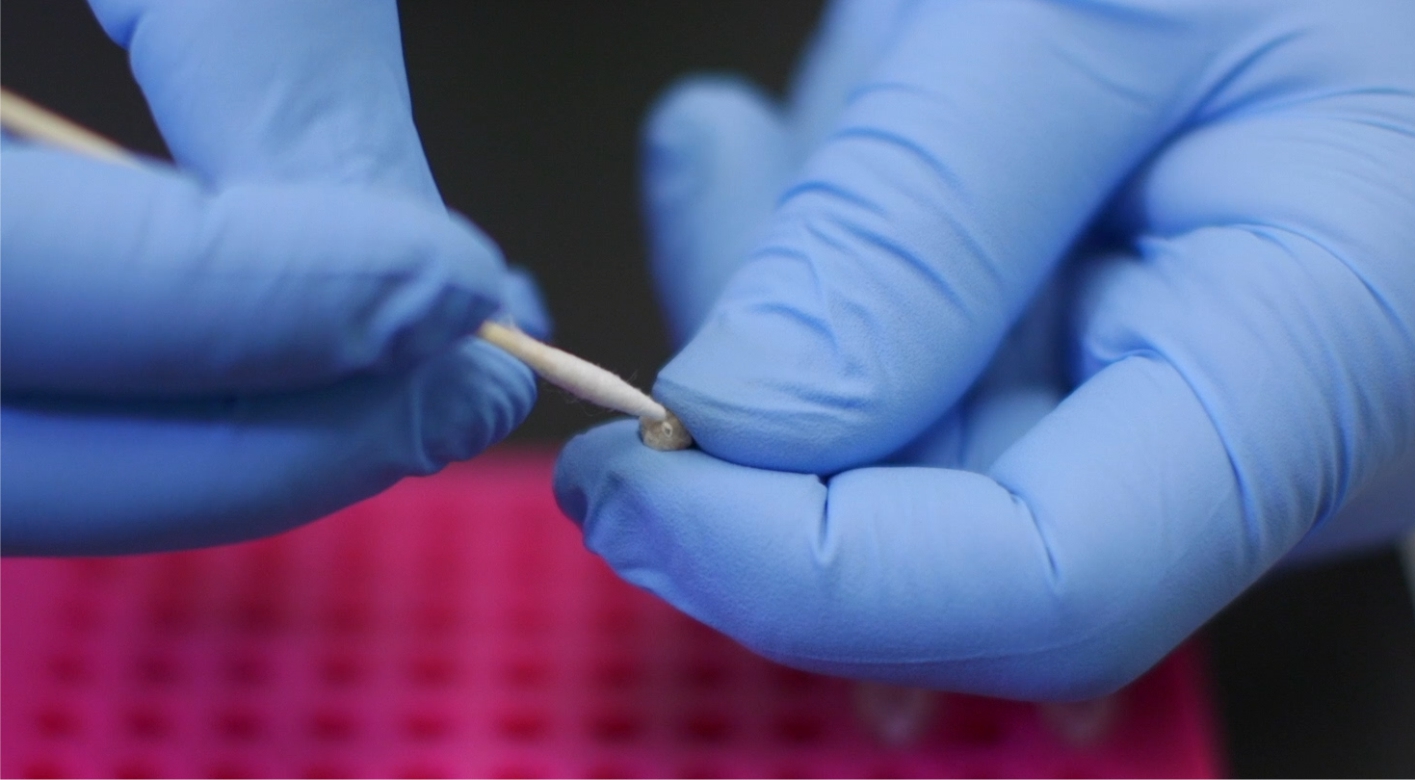Agrochemicals
Is counterfeit fertilizer a real problem? 12th June 2018
By Tony Benson, Managing Director at Applied DNA Sciences Europe Ltd
Tony Benson, Managing Director at Applied DNA Sciences Europe Ltd, explains the consequences of counterfeit fertilizer and h

Tony Benson, Managing Director at Applied DNA Sciences Europe Ltd, explains the consequences of counterfeit fertilizer and how the supply chain can be protected with molecular DNA tagging.
Given fertilizer’s relatively low value and difficulty in handling, it is almost alarming to think that this product is a prime target for counterfeiters. Unfortunately, as in many other cases, there appear to be no boundaries to the items counterfeited, and the impact cannot be underestimated.
Fake fertilizer is prevalent in African countries, Indonesia, India, Vietnam and Turkey, to name a few. The Vietnam Fertilizer Association estimates that substandard fertilizer costs the country’s economy $2 billion per year. In addition, 1,000 metric tons are seized annually for quality violations.1 In Uganda, a blind test revealed that urea on sale to farmers contained 33% less nitrogen than advertised,2 and in Tanzania, an estimated 40% of fertilizers are believed to be fakes.3 Added to this is the illegal use of fertilizer in the diversion of high nitrates to manufacture explosive devices, which adds another dimension to the severity of the problem.

Moreover, without appropriate restoration of the organic and mineral content of depleted soils, farmers often clear new land, contributing to the global deforestation problem. By improving the quality of arable land, farmers can turn less to deforestation, which represents as much as 30% of global greenhouse emissions. Africa, with a huge agricultural potential, uses less than 15kg of fertilizer per hectare, only a tenth of the global average. As a result, 75% of African soils are degraded, costing the continent $4 billion per year.4 The FAO (Food and Agricultural Organization of the United Nations) forecasts the global fertilizer demand will be 202 million metric tons in 2020.5
To put the value of good fertilizer in perspective, during a recent in-field DNA testing of the fertilizer supply chain for a large batch of molecular-tagged granular fertilizer, I witnessed firsthand the importance of good fertilizer to Ghanaians. With about 3 kg (6 lbs) of spare fertilizer left from our testing, I asked a waiter at our hotel if he knew anyone who could make use of it. His response was akin to someone being offered an ingot of gold; as it transpired, the waiter also was a farmer with a small holding and he would not normally be able to afford fertilizer.
Consequences of counterfeit/adulterated fertilizer
There are many ways in which fertilizer is adulterated, ranging from diluting good fertilizer by mixing in ‘fillers’ that often contain harmful ingredients, to substituting expensive high-quality fertilizer for a different type. There are also many examples where the fertilizer bags themselves have been copied using well-known manufacturers’ names and logos to create counterfeit fertilizer.
There are many ways in which fertilizer is adulterated, ranging from diluting good fertilizer by mixing in ‘fillers’ that often contain harmful ingredients, to substituting expensive high-quality fertilizer for a different type. There are also many examples where the fertilizer bags themselves have been copied using well-known manufacturers’ names and logos to create counterfeit fertilizer.
Some of the agricultural and economic impacts of adulterated fertilizer are:
- Starvation as the crops fail or, at least, crop yield is much lower than planned
- Farmers become bankrupt and cannot financially support their families
- Land becomes barren and cannot be used to grow crops
- Bank loans paid to farmers for the purchase of fertilizer cannot be repaid, leading banks to increase interest rates for such loans due to high risk
- Negative impact on economics of countries due to the reduced return on investment (many governments encourage farmers to use fertilizers by way of financial subsidies)
- Unpredictability for commodity traders as crop yields are not reliable
- Reduction in income tax revenues for governments
- Reputation damage to the fertilizer industry as farmers become disenchanted with the products.
The molecular tagging of fertilizer to stop adulteration can be used to solve all of the issues listed above. Additional benefits include environmental protection, sustainability and full traceability and transparency of the supply chain.

Protecting fertilizer throughout the supply chain
Fertilizer can be adulterated at any step in a complex supply chain. Fertilizer is produced in various physical types, but main categories are granular, liquid, powder and suspension. Our field-testing has been concentrated on applying a molecular tag to granular fertilizer.
During the granulation process, a coating is applied to the granules for various benefits and this step is optimal for molecular tagging. Below are the core building blocks for Applied DNA’s CertainT platform used to combat fertilizer adulation.
- The fertilizer is tagged by adding a unique molecular tag during the initial manufacturing process.
- The fertilizer is tested at each point throughout the supply chain using our field portable analysis kit (or samples can be sent to our laboratories should our clients prefer), which takes minutes to complete.
- The fertilizer is tracked; forensic results of each test and geographic coordinates of the test location are uploaded to our database providing a tracking capability. This database can easily be linked to customers’ or third-party blockchain systems providing a fully forensic audit trail from manufacture to field. The data can then be used to inform end users or, in this case, farmers.
The same technology is being deployed in several other industries such as textiles, where more than 200 million pounds of cotton has been tagged during the ginning process providing traceability from “dirt to shirt.”
References:
- Tuoi Tre News, 10th June 2016 (tuoitrenews.vn).
- Toro F. The Guardian, 5th August 2015 (www.theguardian.com).
- Kasumuni L. The Citizen, 17th March 2016 (www.thecitizen.co.tz).
- Mehan K. Business Fights Poverty, 5th December 2016 (businessfightspoverty.org).
- FAO. World fertilizer trends and outlook to 2020. www.fao.org/3/a-i6895e.pdf.
Author:
Tony Benson, Managing Director at Applied DNA Sciences Europe Ltd
Tony Benson, Managing Director at Applied DNA Sciences Europe Ltd



